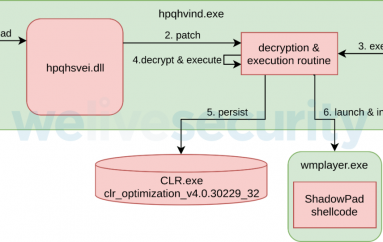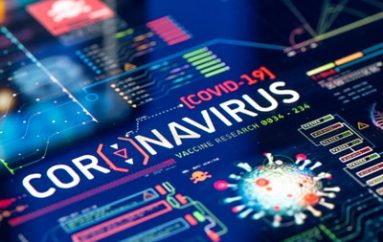
#ISC2Congress: Cybersecurity Education Requires a Transdisciplinary Approach
A structured transdisciplinary approach could be the key to successfully engaging children in cybersecurity.
Participants in a STEAM education panel held at the ninth annual (ISC)2 Security Congress called for cybersecurity to be taught as an integral part of all disciplines rather than as its own separate subject.
“People see cybersecurity as a separate content area. I think that it needs to be part of every content area, like reading, writing, and arithmetic,” said Sarah Lee, a panelist and assistant department head and director of undergraduate studies at Mississippi State University.
“We are training teachers to integrate computational thinking and cybersecurity awareness and concepts into their classrooms, and that’s working very well.”
Panelists shared their experiences of integrating the arts into technology and cybersecurity workshops in a way that made the lessons culturally relevant for students. Successful methods included capturing students’ imaginations through dance, likening dance to an algorithm, and then tasking students with programming robots to dance.
Panelist Crystal Williams described how the already challenging task of engaging youngsters in STEAM workshops was made harder by the disparity in their educational backgrounds.
“In my workshops I have children that are home-schooled and children from the public-school system,” said the information security certification and accreditation manager at Women’s Society of Cyberjutsu.
“The girls who came from the public-school system had a very hard time with measurements. It took time to get them engaged because I had to go back and teach them the fundamental skills of fractions.
“The children in the public system had no type of arts education and struggled with creative thinking, whereas the home-schooled children, and kids from special schools, have got that foundational skill.”
Dr. Anna Wan, founder and director of the Eagle Maker Hub, who also runs the Hackability summer camp for high school teenagers with physical disabilities, said she had found a “multiple points of entry” approach effective when teaching math.
The tactic of seamlessly weaving the core skills involved in one subject into lessons on other topics could work for cybersecurity and technology too, if deployed intelligently.
“Looking at Arts and STEM, you can’t have STEAM without the ‘A’, but don’t do it haphazardly,” said Wan. “If you are just saying there’s some paint involved so it’s a STEAM activity and you’re not looking deeper into the art concepts then you’re not really bringing in the ‘A’.”
This post #ISC2Congress: Cybersecurity Education Requires a Transdisciplinary Approach originally appeared on InfoSecurity Magazine.





